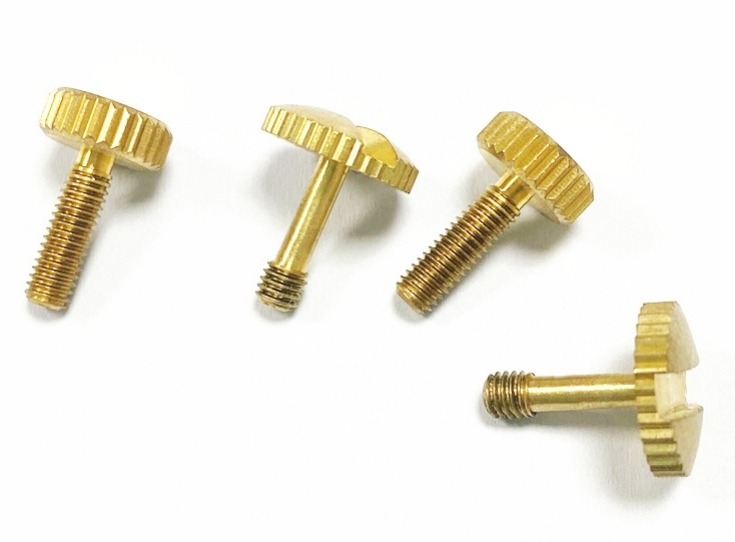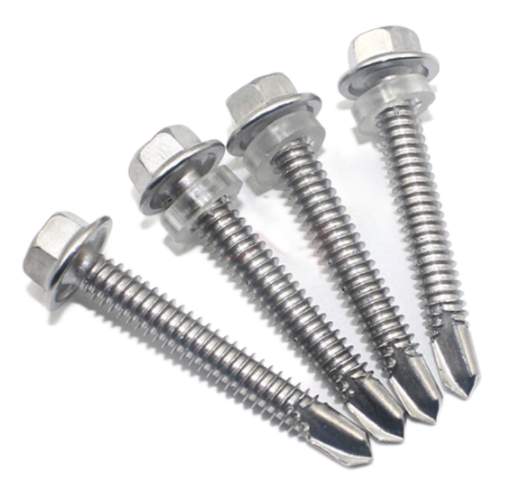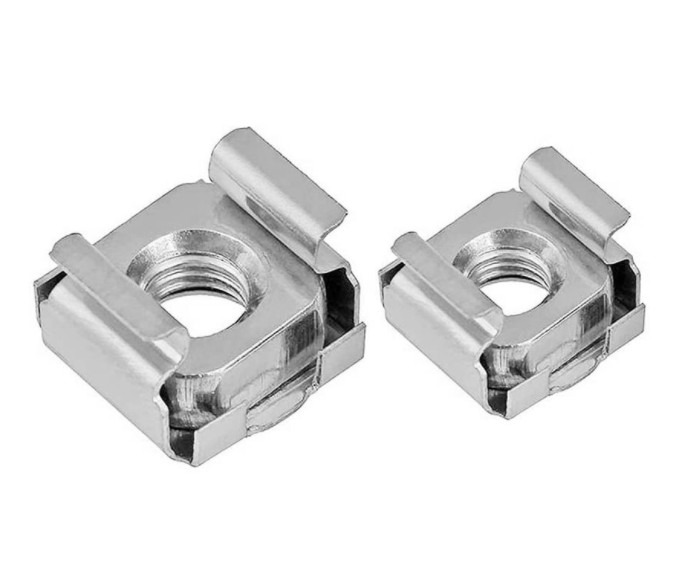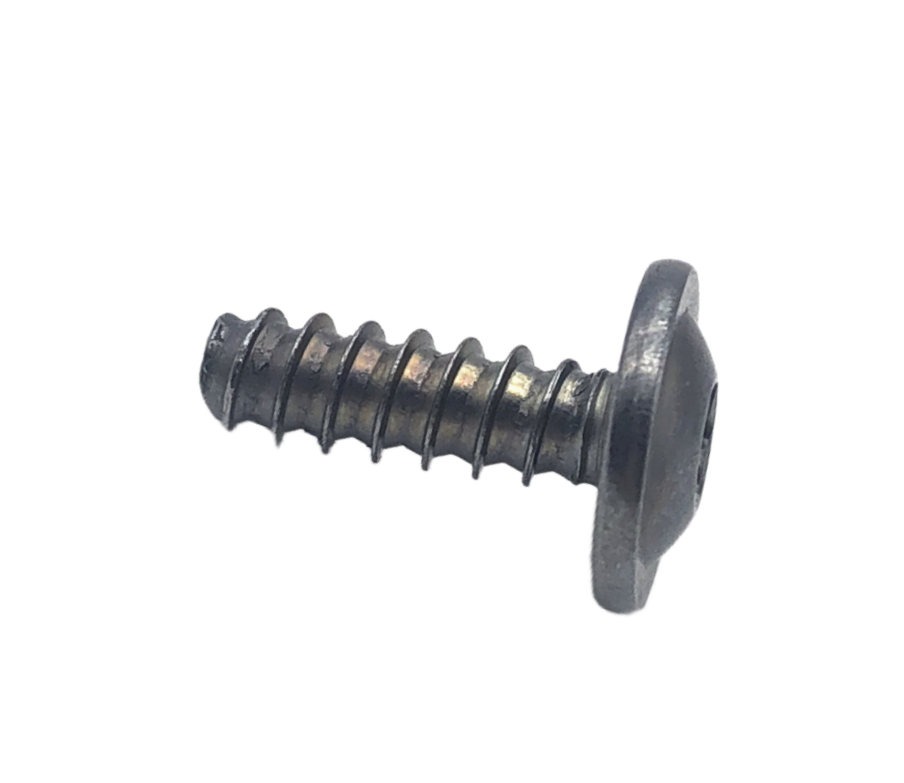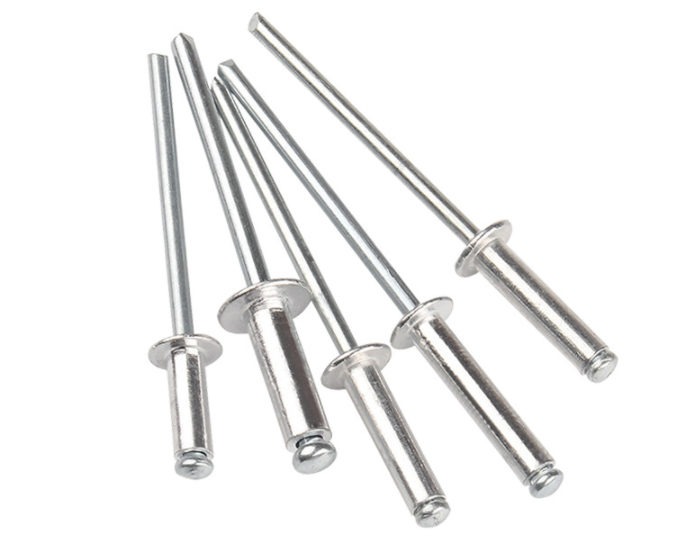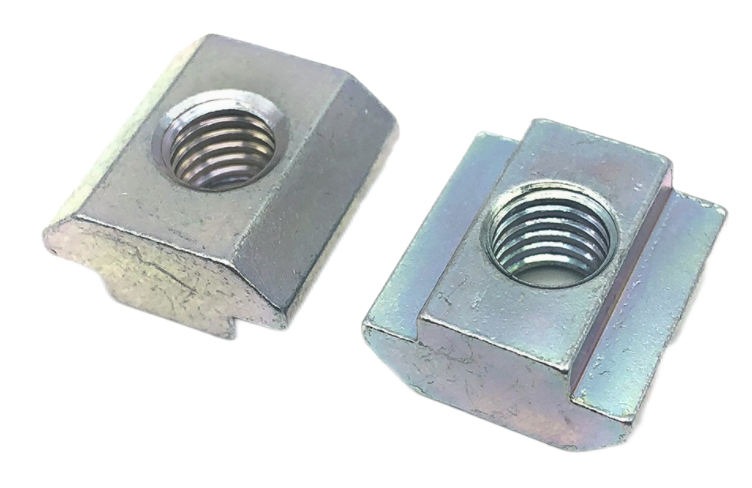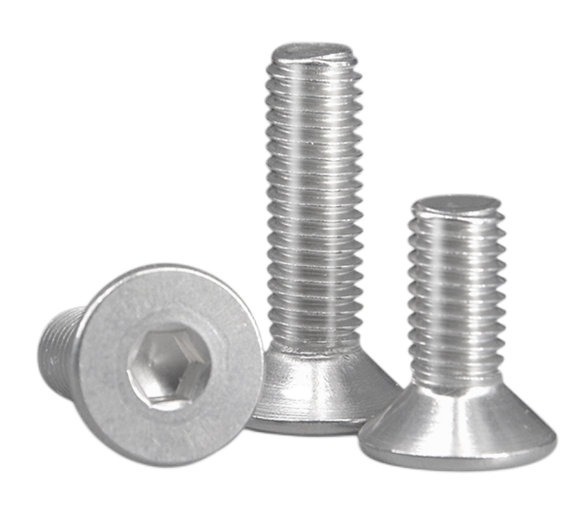What is the Difference Between Dacromet Process and Hot Galvanizing Process?
Dacromet process and hot galvanizing process are common processes for surface treatment of manufacturing fasteners. The differences between these two processes will be described in detail below.
First of All, What Are the Definitions of Dacromet Process and Hot Galvanizing Process?
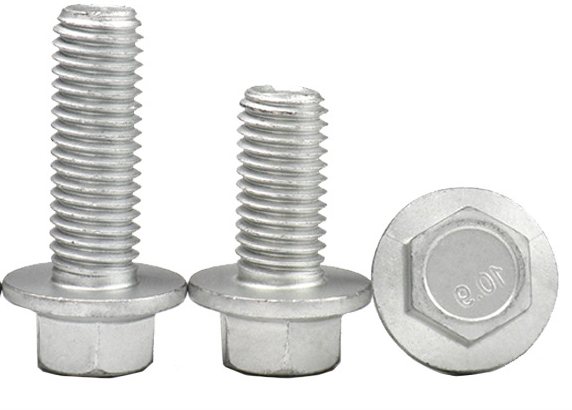
Dacromet is a new type of anti-corrosion coating mainly composed of zinc powder, aluminum powder, chromic acid and deionized water, which can replace the traditional galvanization which causes serious environmental pollution. It can treat not only steel, iron, aluminum and their alloys, but also sintered metals, as well as special surface treatment.
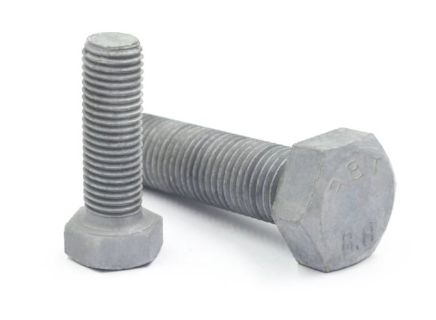
Hot galvanizing is to make molten metal react with iron substrate to produce alloy layer, which combines the substrate and coating. Hot dip galvanizing is to immerse the cleaned and activated steel products in molten zinc solution, and through the reaction and diffusion between iron and zinc, coat the steel products with zinc alloy coating with good adhesion.
What is the Difference Between Dacromet Process and Hot-dip Galvanizing Process?
Dacromet’s process flow:
Organic solvent degreasing → mechanical polishing → spraying → baking → secondary spraying → baking → drying.
Process flow of hot dip galvanizing:
Workpieces → degreasing → water washing → acid washing → water washing → dipping plating aid solvent → drying and preheating → hot galvanizing → tiding → cooling → passivation → rinsing → drying → inspection.
H2: What is the Difference Between the Coating Appearance of Dacromet Process and Hot-dip Galvanizing Process?
Hot dip galvanizing: thick coating, rough appearance, but good adhesion.
Dacromet: thin coating, bright appearance.
What is the Difference Between Dacromet Process and Hot-dip Galvanizing Process in Coating Performance?
Dacromet film is denser than the passivation layer of hot-dip galvanizing, and has better corrosion resistance, especially high-temperature corrosion resistance.
Reason:
The fasteners shall be passivated after hot galvanizing, but the passivation is generally carried out at room temperature, and the maximum temperature will not exceed 100 ° C. Therefore, there will be crystal water in the passivation film, so the passivation film of hot galvanizing is not resistant to high temperature.
Dacromet has a high film forming temperature (about 280 ° C), so during preheating, the water in its film has already evaporated.
The Components of Coating Properties of Dacromet Process and Hot-dip Galvanizing Process Are Different.
Dacromet: mainly zinc powder, aluminum powder, chromic acid and deionized water.
Hot galvanizing: It refers to immersing steel, stainless steel, cast iron and other metals into molten liquid metal or alloy.
Dacromet Process and Hot-dip Galvanizing Process Have Different Principles of Coating Formation.
Dacromet: In the process of Dacromet treatment, chromic acid reacts with zinc, aluminum powder and base metal to form a dense passive film, which has good corrosion resistance.
Hot dip galvanizing: First, the iron and steel parts are pickled to remove the iron oxide on the surface of the iron and steel parts. After pickling and activation, it is immersed in molten zinc solution. Then, through the reaction and diffusion between iron and zinc, zinc alloy coating with good adhesion is coated on the surface of steel products.
H2: The Application of Dacromet Process and Hot-dip Galvanizing Process is Different
Dacromet: mainly used for anti-corrosion of hardware tools, auto and motorcycle parts, subway tunnels, metal parts of light rail, railway and electrified railway, metal parts of bridges, highways, port machinery, and metal parts in high heat environment around engines.
Hot dip galvanizing: mainly used in railway, highway protection, power tower, communication tower, street lamp pole, substation auxiliary facilities, light industry, etc.
Conclusion
KENENG will carry out appropriate surface treatment on the fasteners produced to meet their use needs. We can produce according to customer requirements or specific needs.

